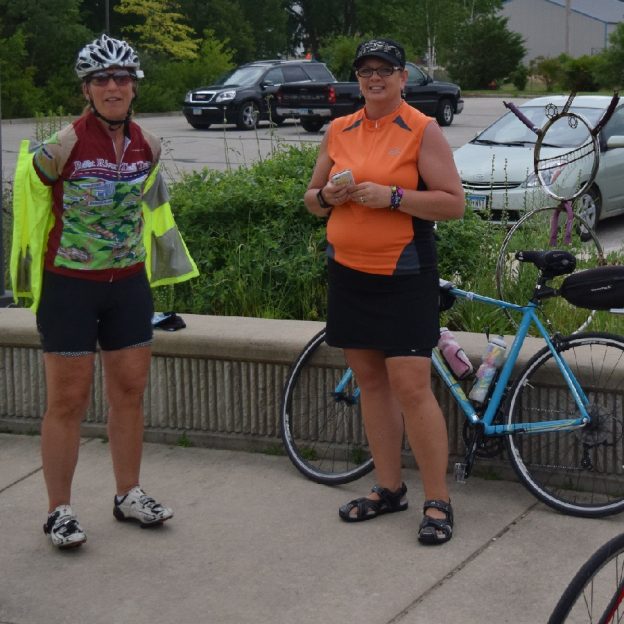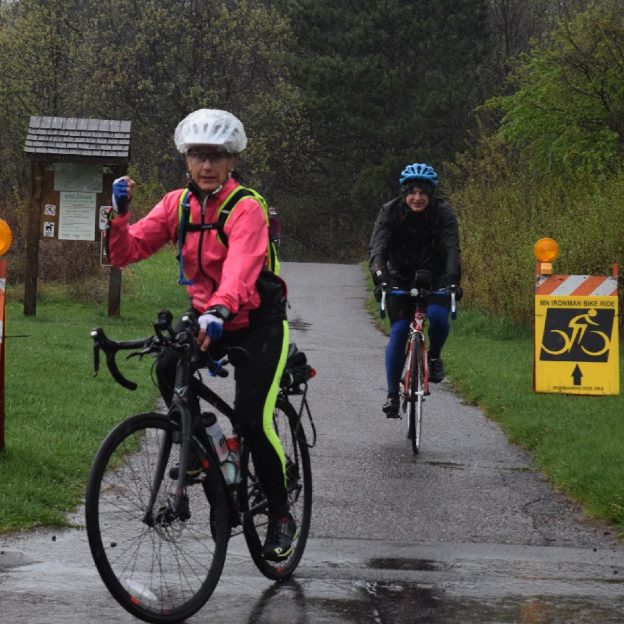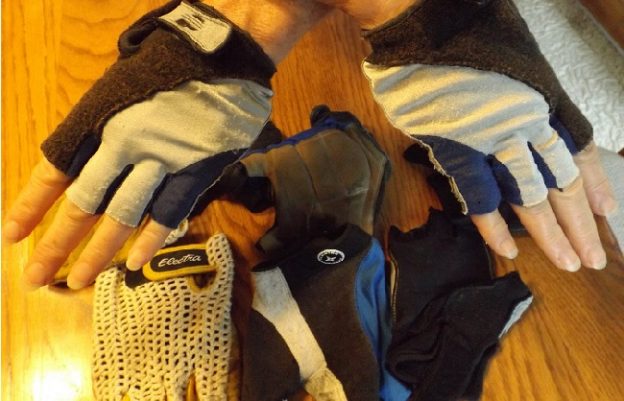Product Category: Fashion and Style
-

The Importance of a Cycling Jersey
—
by
Cycling jerseys aren’t a requirement for riding a bike, but wearing a jersey does make for a more comfortable ride. What’s so special about these jerseys? The answer is in its material, the fit and the features. Read here how to pick the right jersey for you!
-

The Bicycle Helmet: What it Does and How to Find the Right One for You
—
by
Wearing a helmet isn’t just a logical safety choice, but can be very comfortable. Read on to learn how helmets protect you better, have become lighter, fit better, and are more comfortable than ever before.
-

The Importance of Cycling Gloves and Finding the Right Pair
Cycling gloves are one of the few pieces of apparel that make direct contact with both your body and the bicycle. They help you maintain proper grip on the bars when things get hot and sweaty, they protect your skin in the case of an accidental dismount, and they can help alleviate soreness and numbness…


